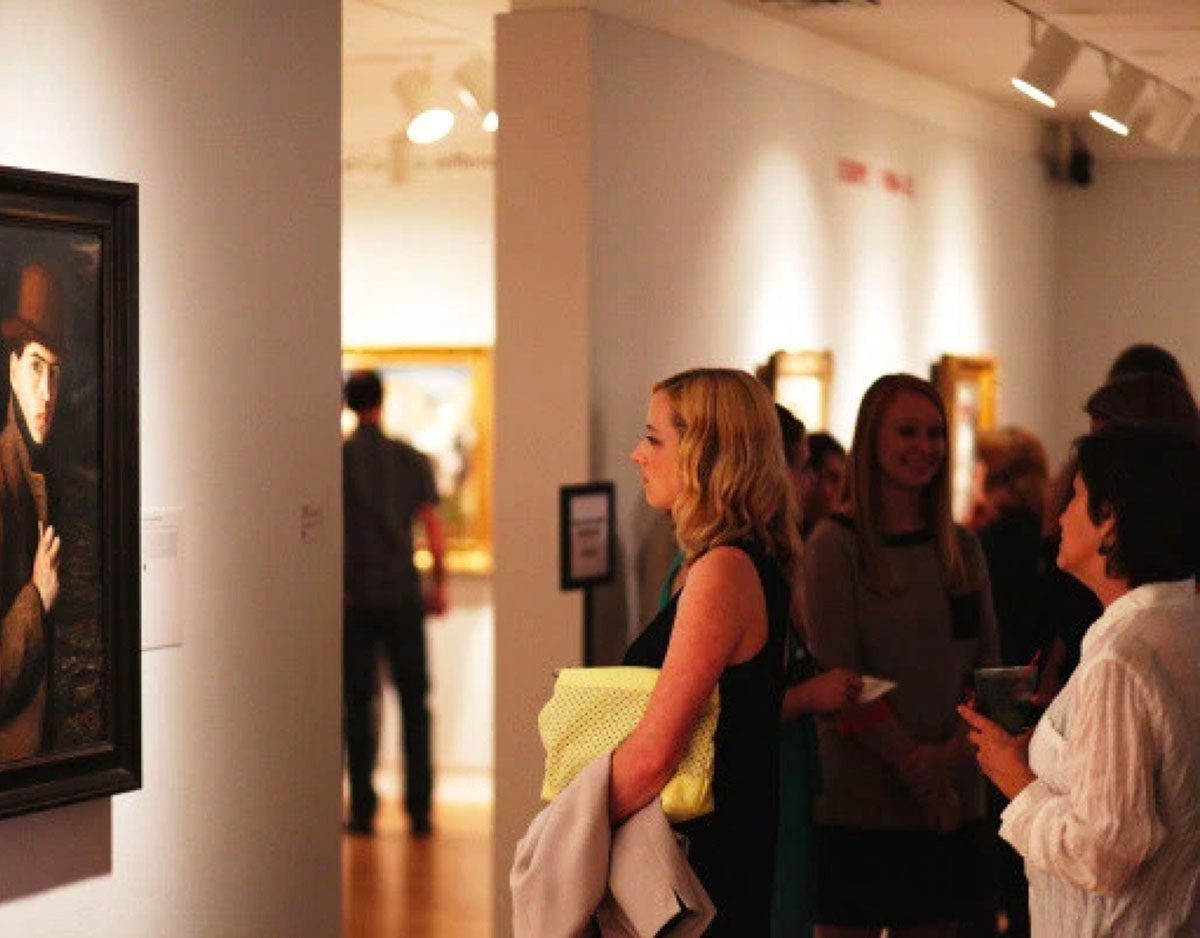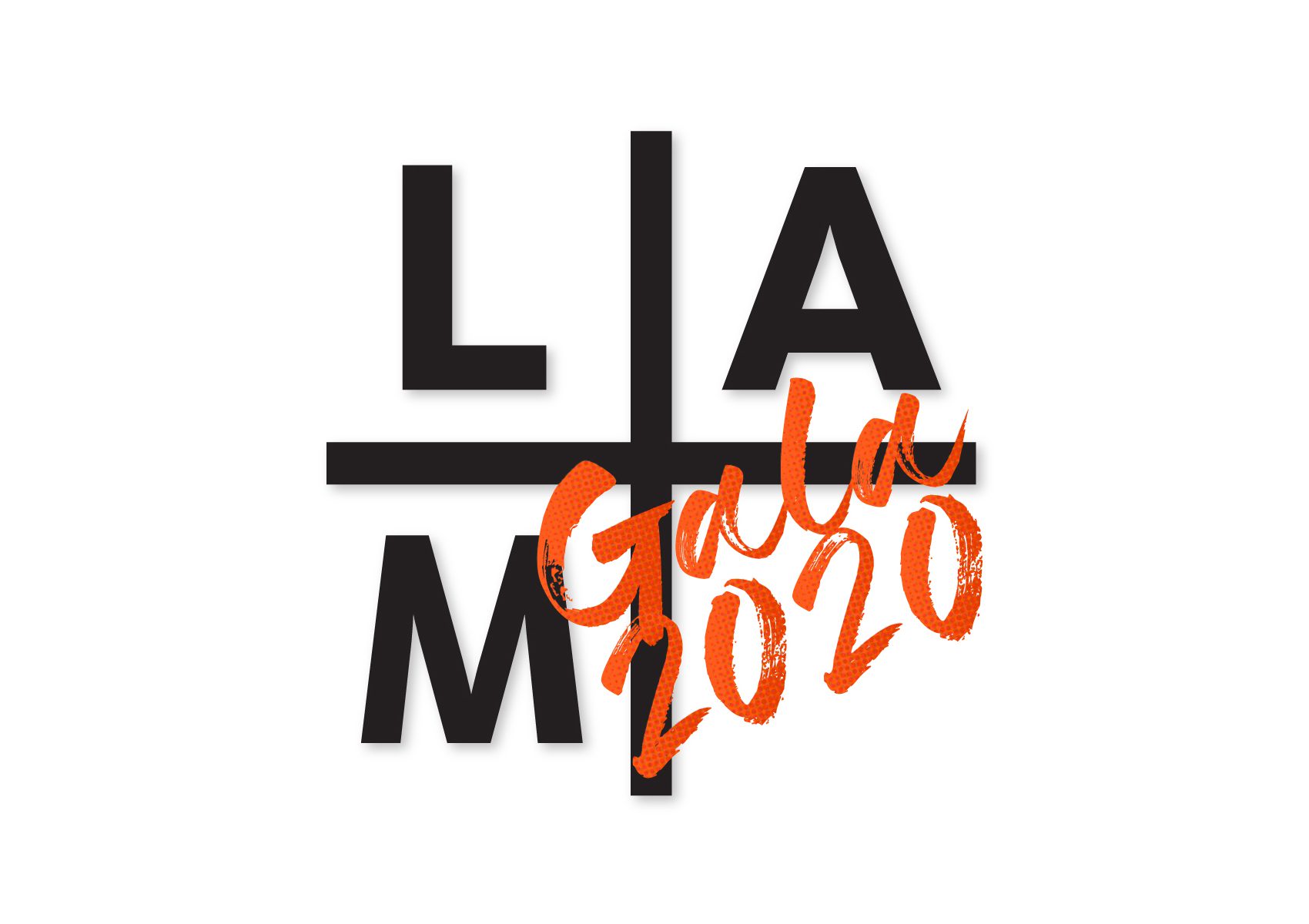Exhibit Overview
Isamu Noguchi (b. Los Angeles, 1904; d. New York, 1988) is an internationally celebrated Japanese-American artist and designer. Noguchi: California Legacy was comprised of three parts that examined the impact Noguchi had in California: 1) California Scenario: The Courage of the Imagination based on Noguchi’s South Coast Plaza sculpture garden commissioned by Henry T. Segerstrom thirty years ago; 2) What is Sculpture? from the 1986 Venice Biennale exhibit in which Noguchi, that year’s United States Representative, exhibited his Akari light sculptures; and 3) Noguchi at Gemini G.E.L., consisting of the sculpture multiples that Noguchi created in 1982 at atelier Gemini G.E.L. in Los Angeles.
“The akari sculptures on view at Laguna are fascinating, peaceful and contemplative. They’re softly lit and nicely spaced out in the museum’s Main Gallery, hanging delicately as if they are floating.” ~ Richard Chang, The Orange County Register
About Noguchi
Isamu Noguchi (b. Los Angeles, 1904, and d. New York, 1988) was one of the twentieth century’s most important and critically acclaimed sculptors. Through a lifetime of artistic experimentation, he created sculpture, gardens, furniture and lighting designs, paintings, ceramics, architecture, and set designs. His work, at once subtle and bold, traditional and modern, set a new standard for artistic achievement.
Noguchi, an internationalist, traveled extensively throughout his life. (In his later years he maintained studios both in Japan and New York.) He discovered the impact of large-scale public works in Mexico, earthy ceramics and tranquil gardens in Japan, subtle ink-brush techniques in China, and the purity of marble in Italy. He incorporated all of these inspirations into his work, which utilized a wide range of materials, including stainless steel, marble, cast iron, balsawood, bronze, sheet aluminum, basalt, granite, and even water.
Noguchi’s contributions are significant to art history and design, and he may be connected to many noteworthy artists, such as Constanin Brâncuşi, Buckminster Fuller, Alexander Calder, Martha Graham, Merce Cunningham, and John Cage, to name a few.
About California Scenario
Situated between two office towers at South Coast Plaza Town Center in Costa Mesa is Noguchi’s California Scenario (1980-1982), a 1.6 acre metaphorical abstraction of California’s natural resources. Comprised of trees, plants, water, and sculpture, the garden is a space filled with beauty and tranquility. Commissioned by developer and philanthropist Henry Segerstrom, Isamu Noguchi offered a plan that challenged everyone’s notions of a garden.
Laguna Art Museum examined the impact of California Scenario on California in the exhibition California Scenario: The Courage of Imagination, which was organized by the Isamu Noguchi Foundation and Garden Museum. This exhibition featured ephemera, photographs, and film footage of California Scenario in addition to a new model of the park commissioned for Henry Segerstrom by wife Elizabeth.
California Scenario suggests an outline of the vastness and diversity of California. With redwoods and cacti, among other indigenous plantings, the garden transports visitors to terrains ranging from the High Sierra to the deserts of Joshua Tree National Park. Noguchi gave the design elements in the garden evocative and allegorical titles such as Land Use, The Desert Land, The Forest Walk, Energy Fountain, Water Use, and Water Source. The masterwork of the garden, Spirit of the Lima Bean, is a seven-foot-high granite sculpture made from seven boulders that fit together as tightly as those of the stone walls at Sacsayhuamán, near the ancient city of Cuzco in Peru.
In 1980, when Henry Segerstrom envisioned a garden for the site of the family land that had once been a lima bean farm, he saw it as a lushly green and shady space. Instead Noguchi created a bare, stone covered plaza that with time has grown into a magical landscape. Together the artist and the developer created a garden surpassing anything that had been projected and, in Noguchi’s words, “Henry Segerstrom had the courage to imagine the ultimate within our limits.”
California Scenario: The Courage of Imagination was organized by The Isamu Noguchi Foundation and Garden Museum, New York.
About Akari
Noguchi: California Legacy also included What is Sculpture? Akari from the Venice Biennale organized by the Isamu Noguchi Foundation and Garden Museum and featuring the Akari light sculptures that Noguchi exhibited at the 1986 Venice Biennale.
Noguchi’s Akari sculptures were inspired by a 1951 visit to the Japanese town of Gifu, known for its manufacturing of lanterns and umbrellas from mulberry-bark paper and bamboo. Inspired by the lanterns illuminating night fishing on the Nagara River, Noguchi designed the first of his lamps that would be produced by the traditional Gifu methods of construction. He called these works Akari, a term meaning light as illumination, but also implying the idea of weightlessness. Extending the concept of illuminated sculpture that he developed during the 1940s in New York, Noguchi employed abstract shapes to unite the simplicity of Japanese aesthetics with the principles of contemporary art and design. More than home furnishing, Akari are light sculptures.
With the warm glow of light cast through handmade paper on a bamboo frame, Noguchi utilized traditional Japanese materials to bring modern design to the home. Comparing Akari to falling leaves and cherry blossoms, he wrote that they are “poetic, ephemeral, and tentative.” He also said, “All that you require to start a home are a room, a tatami, and Akari.”
What is Sculpture? Akari from the Venice Biennale was organized by The Isamu Noguchi Foundation and Garden Museum, New York.
About Gemini G.E.L. Editions
In 1982 Noguchi designed 26 sculptures produced by Gemini G.E.L. Los Angeles.
Founded in 1966, Gemini G.E.L. is an artists’ workshop and publisher of limited edition prints and sculptures from more than 60 highly-accomplished artists, including Isamu Noguchi. At Gemini, the artists do all of the drawing or carving directly onto the printing elements. The edition is hand-printed by Gemini‘s master printers, and each print is signed and numbered by the artist as well as embossed with the Gemini chop.
In the Gemini G.E.L. catalogue Isamu Noguchi at Gemini 1982-1983, Noguchi writes about his time in California in the early 1980s and his steel plate sculptures:
“At this point Stanley Grinstein of Gemini suggested their interest in my becoming associated with them in editions. My conscience cleared by a strong motivation, I had only to resort to that often-abandoned aspect of my work which goes back to 1928 when I first made the 3-dimensional out of a 2-dimensional plate. The way pointed to an aesthetic of the flat enhanced by a technology not otherwise practical…May I say that these sculptures are like short poems pertaining to California where I was born, and to the world I have known. They were made in 1982 when I had become involved with two large gardens in the Los Angeles area.” ~ Isamu Noguchi, November 11, 1982
Isamu Noguchi Lecture by Expert Bert Winther-Tamaki, Ph.D.



Subscribe To Our Newsletter
Receive news about collections, exhibitions, events, and more.








